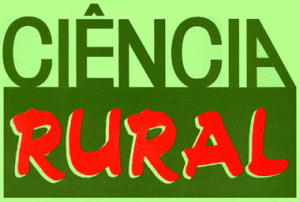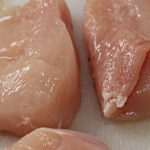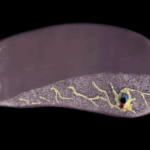By Maria Luiza De Grandi, Journalist of Ciência Rural and Neila Richards, Professor of the Department of Food Science and Technology at Universidade Federal de Santa Maria (UFSM), Santa Maria, RS, Brazil
Did you know that insects are potential alternative sources of protein for humans? According to the Food and Agriculture Organization (FAO, 2013), there are over 1.900 insect species with potential for consumption and a sustainable nutrient supply. The Organization also stresses that insect consumption should be encouraged for social and economic livelihoods. An exploratory study, developed by researchers from the Universidade Federal Santa Maria (UFSM), analyzed the dietary profile of 1.619 consumers in the five Brazilian regions (North, Northeast, Midwest, Southeast and South), as well as their perception, motivation and form. favorite of edible insects. The article Perception of Brazilian consumers to edible insects was published in Ciência Rural journal (vol. 49, no. 10).
The data obtained from the research was analyzed by cross tabulation and showed that women are more reluctant than men to consume insects. The survey also pointed out that most respondents said they prefer to consume the insect in the form of flour and that Brazilians have no opinion on the safety of insect consumption. Consumers with higher levels of education and familiarity, however, consider it safe.
The exploratory study opens the possibility of developing products more attractive to consumers, being the objective of the second phase of the research. According to researcher Neila Richards, in addition to providing nutrients, the product must have sensoriality, which is defined as the pleasure that the person has in consuming a particular product. “We now know that the products being developed will have greater acceptance if the insect is in the form of flour, meaning most consumers don’t want to see the whole insect in the product, but they don’t mind it being crushed”, highlights Neila.
The research is innovative because it maps consumer perceptions and what is the most enjoyable way to consume insects in the diet before food production. Researcher Neila Richards points out that other universities such as Federal do Ceará, Federal de Santa Catarina, Federal do Rio Grande do Sul, Federal da Grande Dourados, State of Campinas and University of São Paulo have research in this area. “We have collaborations with two of these institutions,” says Neila.
Reference
FOOD AND AGRICULTURE ORGANIZATION OF THE UNITED NATIONS – FAO. Edible insects: future prospects for food and feed security. Rome: FAO, 2013.
To read the article, access it
SCHARDONG, I,S., et al. Brazilian consumers’ perception of edible insects [online]. 2019, vol. 49, no. 10, e20180960, ISSN: 0103-8478 [viewed 18 March 2020]. DOI: 10.1590/0103-8478cr20180960. Available from: http://ref.scielo.org/bpq3qw
External link
Ciência Rural – CR: <http://www.scielo.br/cr>
Como citar este post [ISO 690/2010]:















Recent Comments